This article was reviewed by Steve Snedeker, professional landscaper.
Hostas are versatile, easy-growing, and hardy plants! Their leafy green foliage makes for a wonderful border along pathways and shady gardens. We will discover hostas in detail, but in the meantime, you might be wondering—should hostas be cut back? And if they do, then when should they be cut back? Great question! We have thoroughly researched the answer for you.
Hostas should be cut back or pruned in the fall when the weather is cool. Don't cut them back in the winter when their roots are dormant, as this could kill the plant.
Additionally, if you cut them back in the summer when the temperatures are high, you risk the chance of them overheating and dying. Spring is also a fine time if you miss the chance to prune them in the fall.
This might lead to other questions like how do I care for hostas? Or, how do you prune hostas? And even, can hostas be houseplants? Continue reading to find the answer to these questions and more!
Should Hostas Be Cut Back? [By Season]
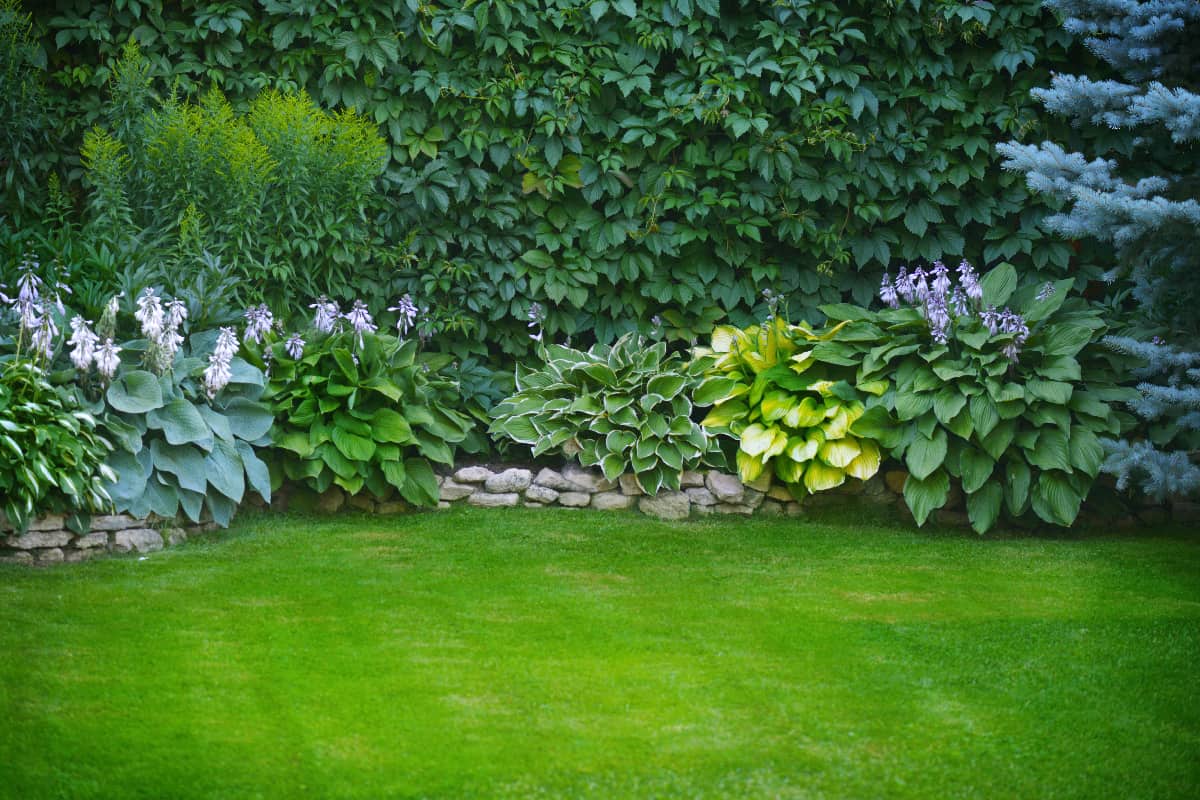
Pruning is a necessary part of overwintering and caring for your Hosta. This ensures you have a healthy plant that will come back year after year.
Let's discuss each season and when you should prune your hostas and when you shouldn't. We will also talk about what will happen to your plant if you prune in the wrong season.
Fall
Late fall is prime time for pruning your hostas. Many gardeners cut back perennials too soon and don't wait long enough into the autumn season. By this time, your hostas might look torn and tattered from the hot summer or attacks from pests, like slugs.
Once a heavy freeze occurs in the fall, it's time to prune your hostas and prepare them for the winter. At this point, they probably look shriveled. Pruning will help to avoid an unsightly mess and help your plant grow better for the next season.
Winter

During winter, hostas are dormant. Pruning them in the winter causes more harm than good. If you are late on pruning in the fall, then it is best to wait until spring to do any cutting back. This will ensure the plant doesn't experience any distress.
Spring
Spring is not necessarily a bad time to prune your hostas, although fall is preferred. If you wait to prune your hostas in spring, you would follow the same steps as you would in the fall.
Summer
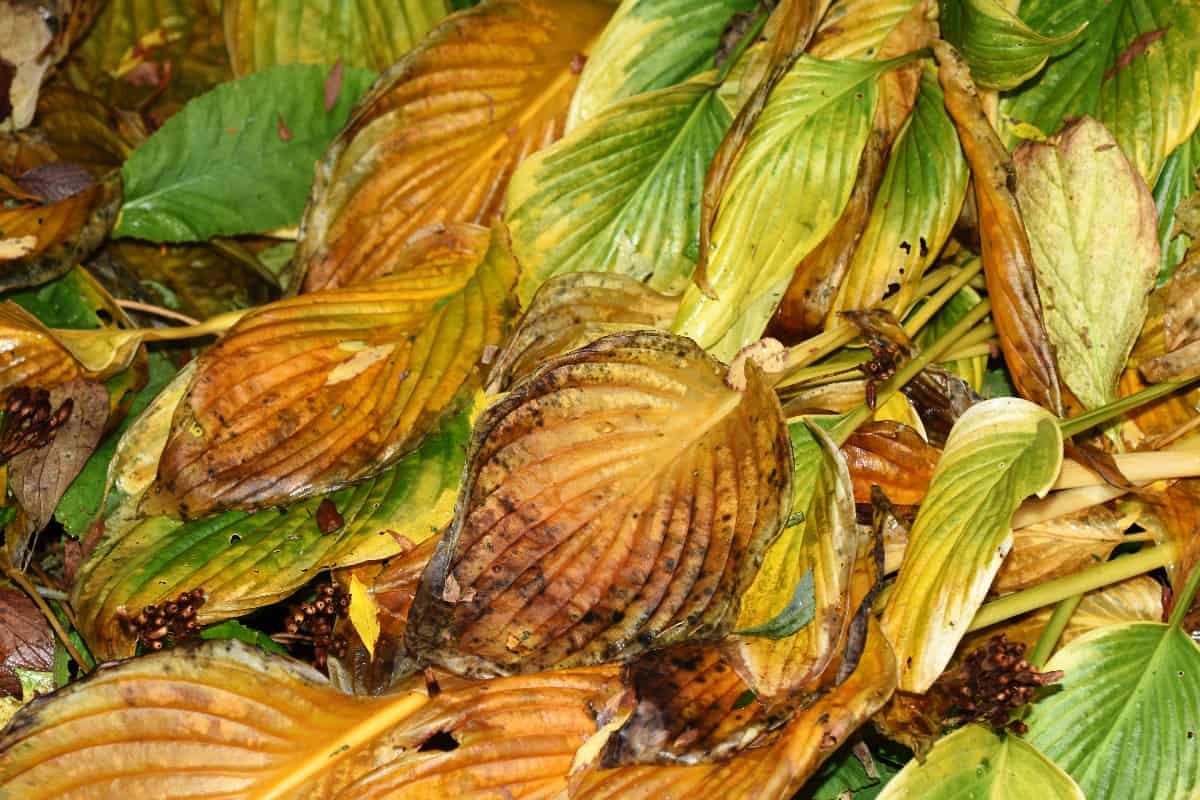
Hostas can experience heat stress. They need a lot of water and are shade lovers. Therefore, too much heat can cause them to wilt and hide out until the weather cools off. Because of this, don't prune them in the summer when they are already having difficulties.
How To Prune Hostas
Pruning your hostas is an easy but necessary step. Pruning helps ward off slugs and diseases and keeps your garden looking tidy during the winter. It also ensures healthy new blooms the following season! Let's review the steps on how to prune your hostas.
Step 1
Remove or rake any dead leaves or debris around the plant.
Step 2
Using a pruning tool or sharp shears, cut the leaves back at the base of the plant. You might think you've gone too far, but don't worry—you won't kill the plant.
Click here to view these pruning shears on Amazon.
Step 3
Apply a thin layer of mulch around the plant. Tip—don't fertilize. Fertilizing in the fall or winter is not a good idea, as this will cause the plant to produce fewer blooms the following season.
Step 4
Remove and discard any leaves and debris. Clean up the surrounding area, and you're done!
How To Care For Hostas
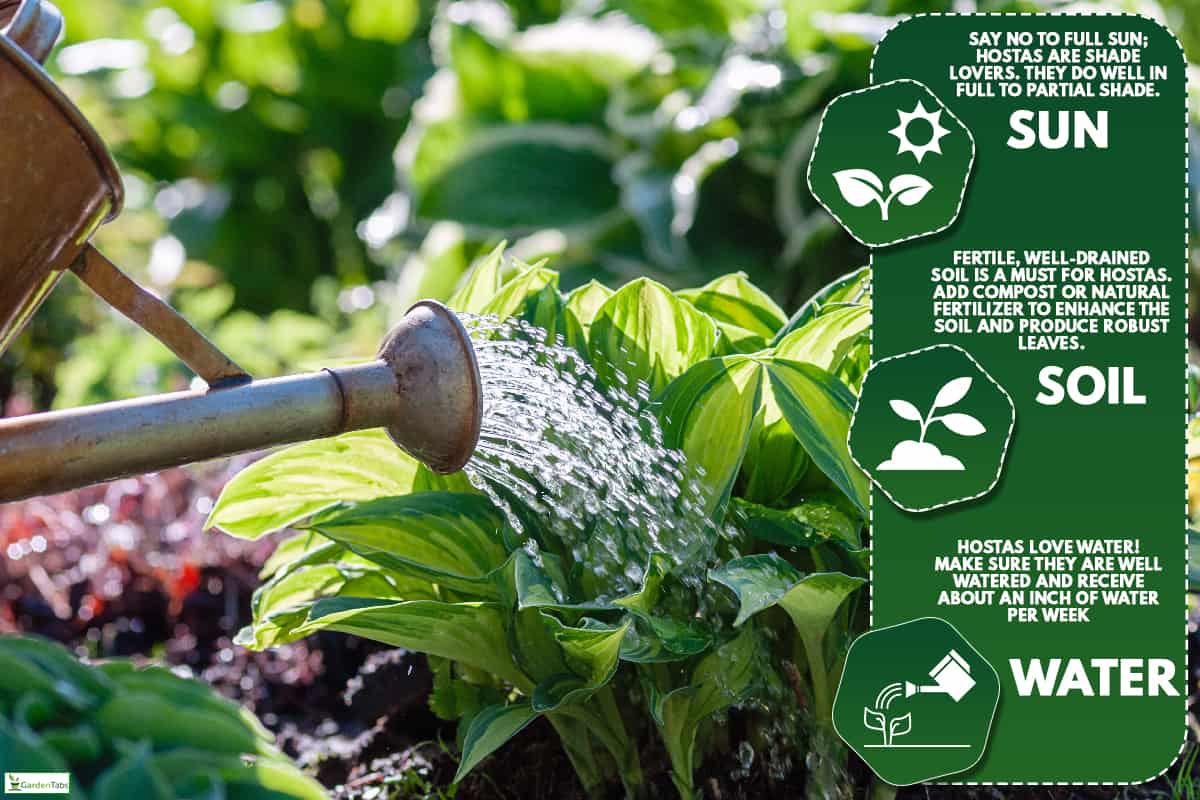
Hostas are hardy, lush plants, but they still require some TLC! Sun, soil, and water are all things that Hostas need. Let's review what you need to do to keep your hostas happy and healthy.
Sun
Say no to full sun; hostas are shade lovers. They do well in full to partial shade. Ideally, they would receive some filtered sunlight in the morning and full shade in the afternoon.
Soil
Fertile, well-drained soil is a must for hostas. Add compost or natural fertilizer to enhance the soil and produce robust leaves. Pro tip—coffee grounds are a fantastic natural fertilizer for free!
Water
Hostas love water! Make sure they are well watered and receive about an inch of water per week (but maybe more in the summer months).
Can Hostas Be Houseplants?
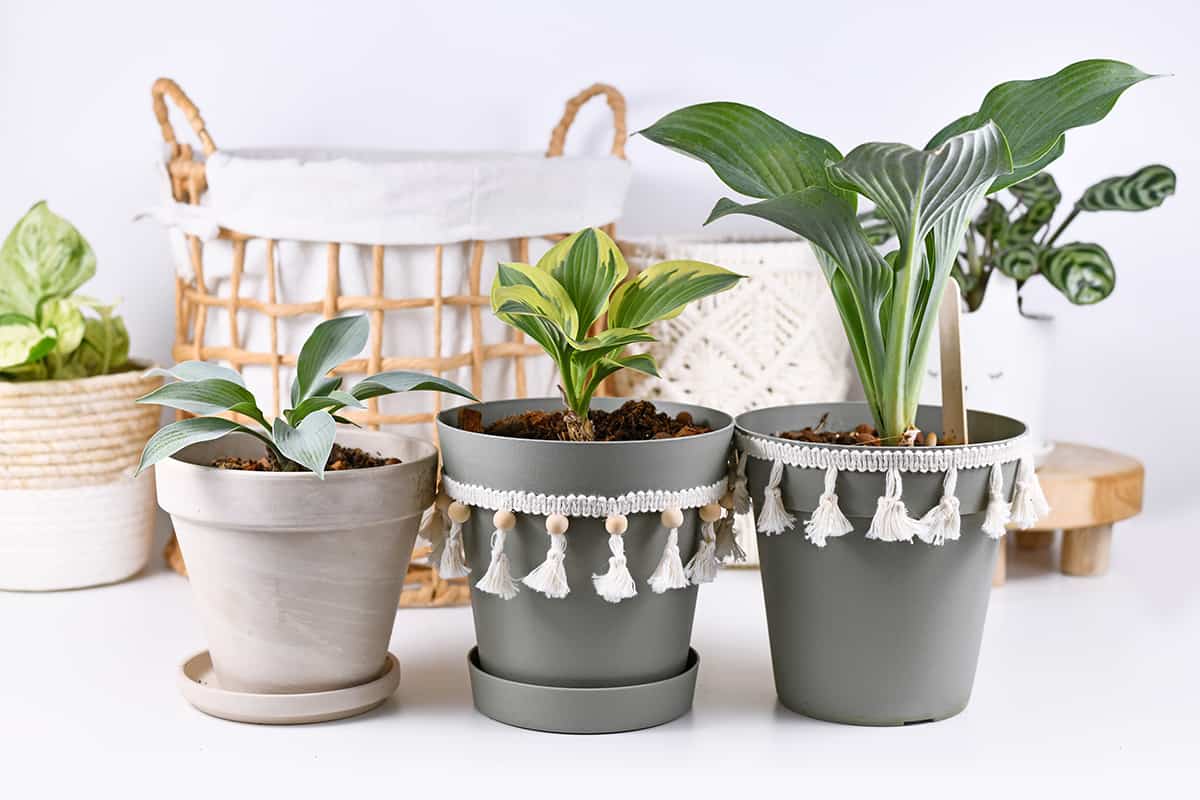
Hostas can do well as houseplants as long as they have the TLC requirements. Don't set them next to a window with full sun. On top of that, don't let the soil dry out. Check every couple of days to ensure your hostas are receiving enough water.
Are Hostas Toxic?
Although hostas are not toxic to humans, they are toxic to cats and dogs. Protect your fur babies and keep them away from these plants. Spraying the foliage with lemon juice is a great natural way to deter your animals from wanting to eat the leaves.
How To Divide Hostas
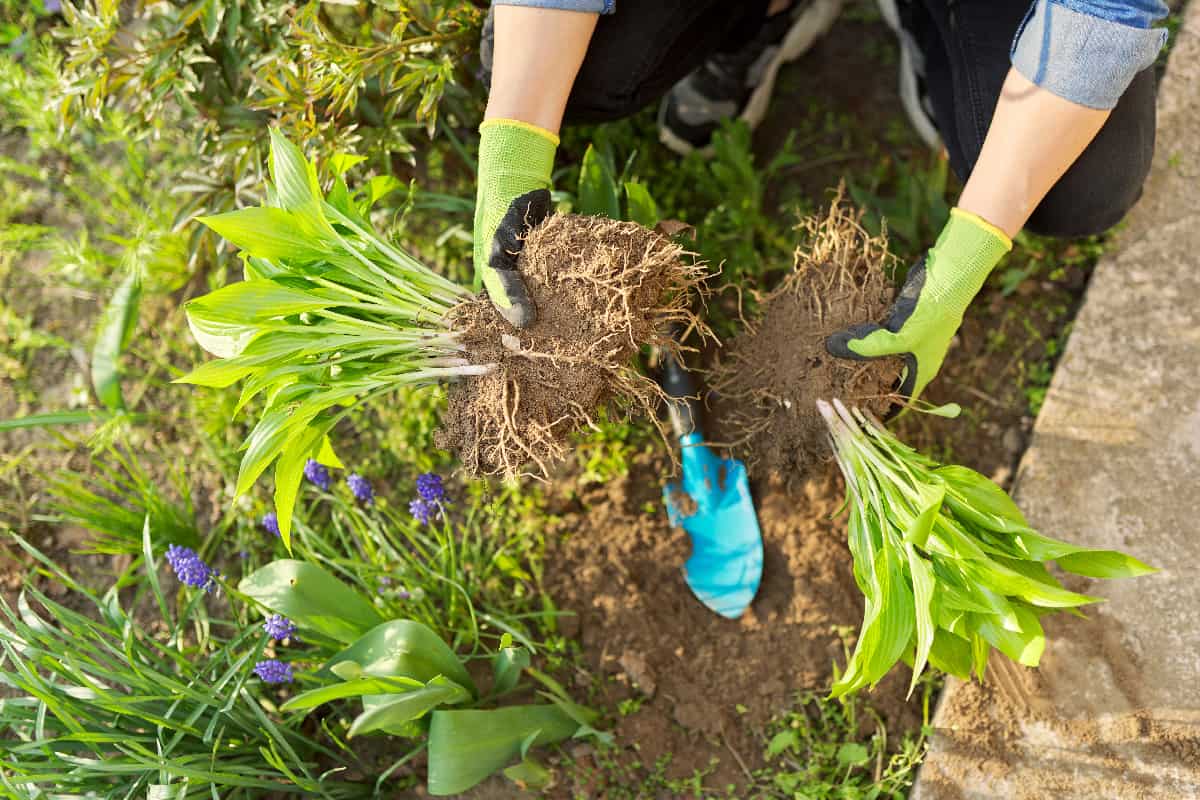
You can divide your hostas easily and for free! The best time to do this is in the spring. Here are some basic tips on how to divide hostas.
Step 1
Using a shovel, gently dig around the hosta to loosen the dirt. Make sure you dig deep and wide enough so as not to disrupt the root system.
Step 2
Once you have successfully loosened the soil, gently lift the plant and set it on the ground. Divide the bulbs using your hands or shears, and set them aside.
Step 3
Replant the hosta and add compost and fertilizer to enrich the soil. Plant the new bulb in its proper place. Voila! You have successfully grown your garden for free!
Are Hostas Invasive?
Hostas are not considered invasive. However, we know they are hardy and spread easily. They shouldn't choke out other plants, but be mindful of planting them next to delicate flowers.
To prevent them from spreading, you can keep a nice layer of mulch around the garden. Installing pavers or rocks is also a great way to contain your hostas.
How Long Do Hostas Last?
Did you know that hostas can live up to 30 years? Some have been known to outlive the gardener! This is one of the longest-lasting plants around.
How Long Do Hostas Take To Grow?
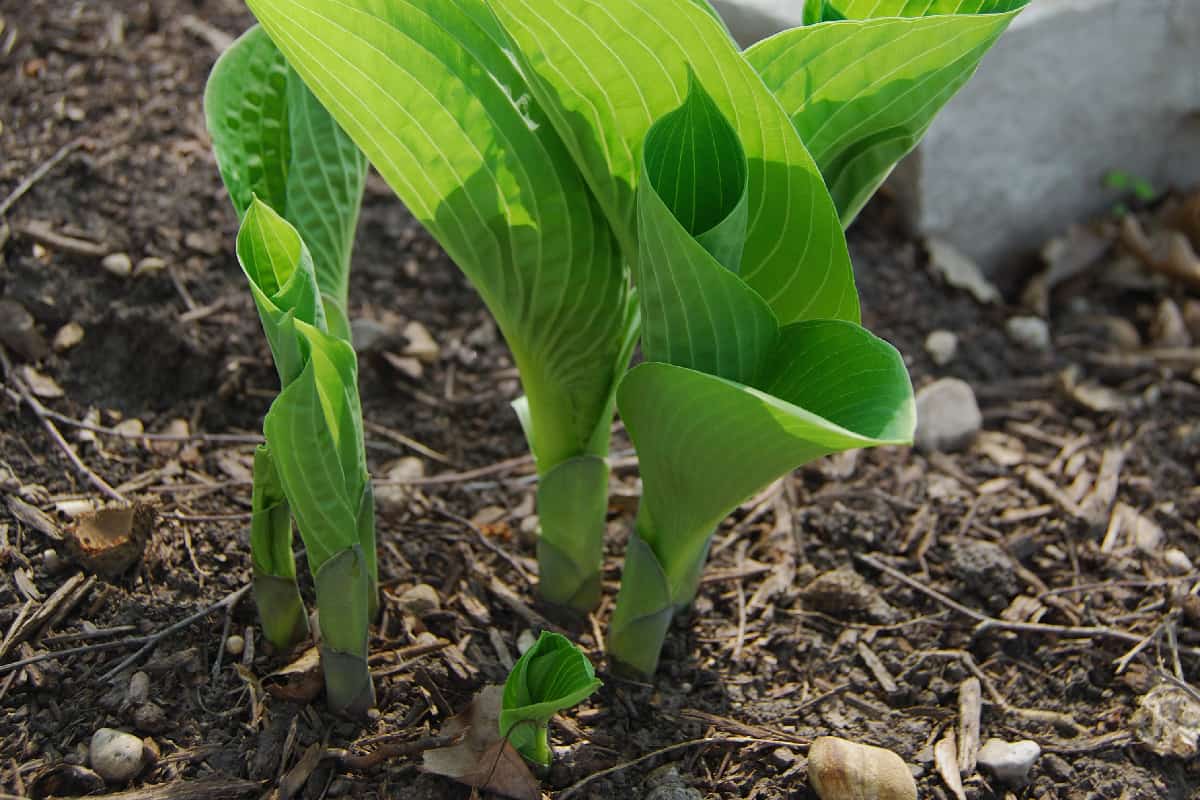
Hostas can take anywhere from three to seven years to fully mature. However, they grow larger each year. As long as they are living in a healthy environment with the right sun, water, and soil requirements, expect your hostas to continue to spread and grow each year.
When Should I Fertilize Hostas?
The best time to fertilize is in the spring after the cold, harsh winter. Prune in the fall and fertilize in the spring is a great schedule for tending to your hostas. A 10-10-10 slow-release fertilizer is recommended.
Click here to see this 10-10-10 slow-release fertilizer on Amazon.
Wrapping It Up
Hostas are wonderful, leafy perennials that keep on giving. First, we know the best time to cut back on your hostas is in the fall. Second, if you miss the ideal fall pruning time, then spring is a great time as well. Just be leery of pruning in winter and summer when their root systems are more delicate than usual.
Made it to the end? Check out these related and helpful articles:
How To Get Rid Of Hostas From Your Yard?
How Long Do Hostas Take To Grow? [Inc. From Bare Root, Bulb, Or Seed]


